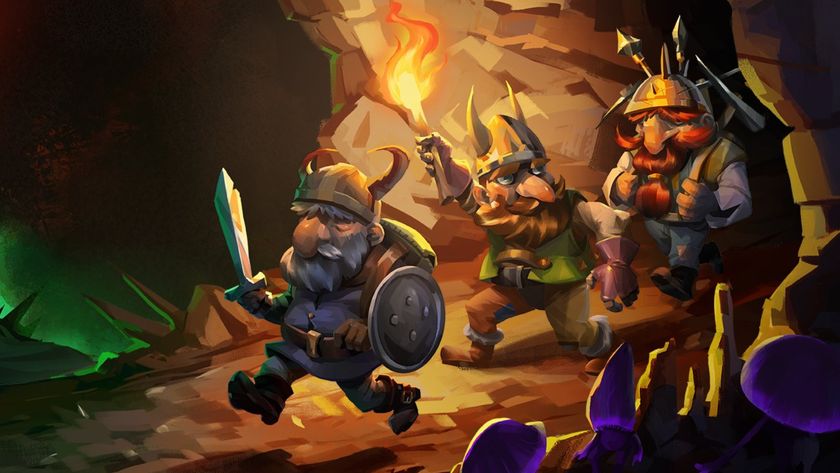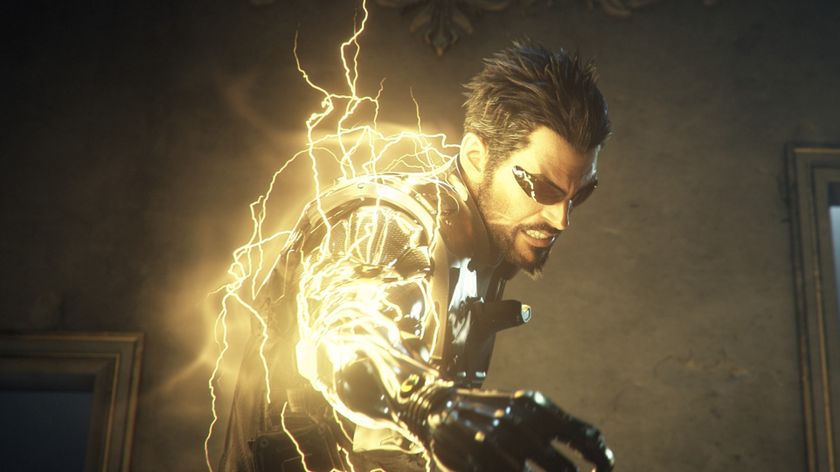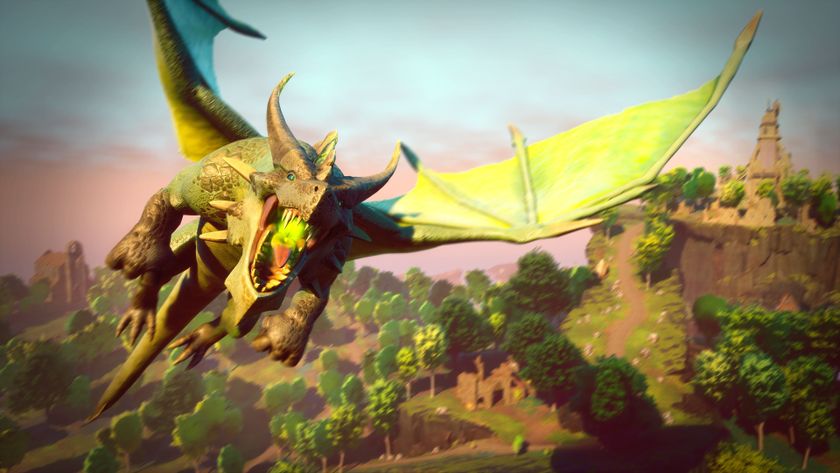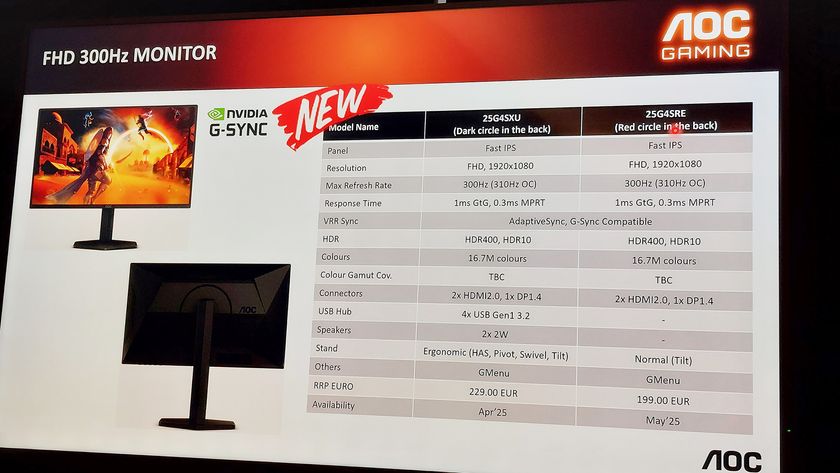PCG: Are you putting anything in place to model the fact that there wasn't a lot of interaction between Western Europe and the subcontinent?
HF: We're going to add a distance check to diplomatic actions. This is visible when you, for example, pick a councilor and send them to a job somewhere. You will see the provinces you can reach. And it goes for diplomatic actions, for plots, and for counselor jobs. So if I'm playing in Scotland, I can see Indian characters. But I can't talk to them. That would be weird. Pointless, really. But I mean you can probably exploit it if you really have to. [laughs] Go on a crusade, capture a province here, and then you can suddenly talk to them.
PCG: How far-reaching will this be? Will there be exceptions—such as the Pope wanting to have a word with the Great Khan?
HF: It will be quite far-reaching. While we are at it, we also want to stop, say, Norse Pagans from marrying West African pagans and similar unlikely things. We are not planning any exceptions, but you will of course always be allowed to negotiate for peace if you are somehow involved in a distant war.
PCG: Are we going to be interacting with any of the areas north of India? Tibet and the Eastern Steppe are all on the map now, but they don't have provinces.
HF: No. We decided that, say, Tibetan culture is so different and interesting—and their version of Buddhism is different. We would need to have almost an expansion on its own. Almost. It might be that we add it for free in the future or something.
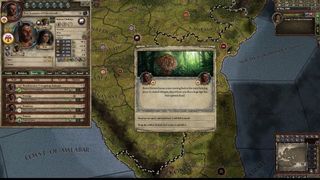
PCG: You make it sound like the Timurids are still going to show up, which seems odd considering that whole area of the world he rose to power in is no longer occluded. Why would you not just have the Mongol successor states form on their own through gameplay?
The biggest gaming news, reviews and hardware deals
Keep up to date with the most important stories and the best deals, as picked by the PC Gamer team.
HF: That's a really good question. The rise of the Seljuks and of Timur could indeed be seen as a form of historical railroading, which we always try to avoid if we can come up with more dynamic mechanics. So, what we're doing for Rajas of India is to make those events much more situational.
The Mongols will work pretty much the same, except they will show up [indicating the new easternmost provinces] here instead. There will not be much of a difference. Timur and Seljuk used to show up at the edge of the map. As it works now is they basically show up in a Turkish court somewhere—if one exists. And then they exist as a courtier there for about ten years. And if they should die, their invasions will basically never happen.
If they survive, they will attack one of their neighbors like an adventurer. They will not attack their employer. They will attack outside of the realm. And they will tend to target their historical areas.
PCG: Will they get the same amount of event troops as they did before?
HF: Pretty much. Well, the first invasion is smaller now, and then there is a second step. If they succeed with the first step of the invasion, which is a duchy somewhere, they will get the huge event stacks. Because then, everyone will rally behind them. They've proven themselves.
PCG: And is it always going to be the same historical figures at the heads of these invasions?
HF: Yeah, they will actually be called Timur and Seljuk. And we added one more, which is Sabuktigin. He is basically the founder of the Ghaznavids. And the Ghaznavids basically ended up in that grey part of the timeline between 867 and 1066. So you wouldn't actually see them unless you played through from 867, but they were a huge actor. Especially since we added India, because they invaded into India and were kind of the scourge of the Hindus in India at the time.
We've also tweaked the CBs to have AI weights, so the Seljuks will tend to attack within Persia, maybe the Byzantines, and so on.
PCG: So the AI can actually be scripted to prioritize certain areas for conquest. Does that affect any other areas of the map? I know a few patches ago, there were problems with Muslims immediately going in for the kill on the Coptic Christians in Ethiopia, which was a bit ahistorical.
HF: Yeah, for example, the Golden Horde should stay in Russia, kind of. And the Ilkhanate will kind of stay in Persia to get these historical conquest routes going. I haven't done anything specifically for Ethiopia, but that's a thought. It would be really easy to do.
PCG: Can you tell us a little about the new areas on the map outside the Indian subcontinent?
HF: There's actually a fair bit down here in the Persian sphere that has been expanded along with adding India.
This is [a new realm] in, actually, Northern Afghanistan, centered around Kabul. This region was called Gondara or Kabul Shahi. That's new. They're Buddhists. And there was actually an entirely separate religion down in what's called Zabulistan. And the reason for that is that they worshipped a god called Zun. I love the name. [laughs] I wish we could have added a religion. It sounds like something out of Ghostbusters… but it's so tiny, and it's just been overrun by the Muslims. So we're just going to call them Zoroastrians.
There's a new culture here, which is the Pashtun or Afghan culture, which is part of the Persian cultures. Also the Balochi culture, which is new.
PCG: With all this expansion into Siberia, have you added a lot more provinces to the Empire of Tartaria, or have they just been stretched out horizontally?
HF: There are more provinces here. That's been rebalanced. Tartaria is enormous. Turkestan is also bigger, the kingdom. There are some new cultures up here, you have the Karluk Turks, the Kyrgyz, there's a new Finnish culture.
PCG: Could you walk us through the map changes you've made to Africa? It's not bordering the new areas, so I'm curious why you decided to make it a focus for this expansion.
HF: [It was] partially by request, partially because there is a little Jewish kingdom there, and partially because we had a kind of vague idea that we would do a mini expansion in East Africa. But we eventually realized that people probably wouldn't buy it. So we're adding in that stuff for free. So we're adding in a new culture here: the Nubian culture. And a little Jewish kingdom.
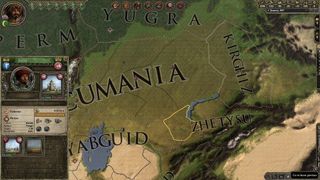
PCG: If you're playing way across the map, in Ireland or something, how many new events or features will you see from this expansion?
HF: In Ireland? [laughs]
PCG: Yeah, I'm just curious how far-reaching it is, in terms of maybe having a Buddhist monk or something show up at my court randomly.
HF: Probably nothing, no. I don't think so. I want to focus on making these Indian religions feel different and special.
PCG: So previously, India was this place that was kind of right off the edge of the map, and you'd have echoes of it in Europe. There was an event where you get a courtier from Hindustan, for example. Now that India is the edge of the map, we're bordering on East Asia and Indochina. Will we maybe see the same sort of thing, where there's just a chance for some of that to trickle across the imaginary line into Bengal or something?
HF: Maybe. There was a lot of interaction, historically, with China. Indochina, I don't actually know a lot about the interactions that went on across the border with Burma. We know for a fact that, due to the Silk Road and everything, the Indians interacted a lot with the Chinese. And also the Turks up there. So it's very likely that we will do something that pertains to that.
If we were to pull back the timeline another 100, 150 years, you would actually have China [on the map]. They actually had some of these provinces during the Tang dynasty.
PCG: What have you guys observed in terms of adding this new subcontinent onto the map. As you've iterated an playtested, has anything cropped up that made you say, "Oh, we need to stop that from happening" or "that's really strange?"
HF: It's funny, but I was really surprised by how everything just worked. Because I was afraid that either the Indians would overwhelm the Muslims, or the other way around. Or that the Cumans would be too powerful with all of these new provinces and stuff. But it was fairly easy to balance that. There's a lot of impassible terrain between India and Afghanistan, as in reality. You have to go through the Khyber Pass. So that means that the AI is kind of appropriately prone to attack through there, because of how the cassus belli and war declarations work. So you tend to get a kind of natural border there.
PCG: At this point in the life cycle of Crusader Kings II, have you run into any barriers in terms of what you wish you could do, but the current engine or mechanics would have to be too radically changed to make it work?
HF: Yeah. I have a long list of stuff that I want to fundamentally change that is not going to happen in one of the expansions. I can't really reveal any of these, but I expect that if and when we do a sequel, that's when we'll do these changes. What I can tell you is that I'm not happy with the tech system. I'm still not happy with the combat mechanics, and how troop types are hard to separate from each other and use as single units.
Thanks to Henrik for improving his karma by sharing all this info with us. Crusader Kings II: Rajas of India releases on Tuesday, March 24.
Len Hafer is a freelancer and lifelong PC gamer with a specialty in strategy, RPGs, horror, and survival games. A chance encounter with Warcraft 2: Tides of Darkness changed her life forever. Today, her favorites include the grand strategy games from Paradox Interactive like Crusader Kings and Europa Universalis, and thought-provoking, story-rich RPGs like Persona 5 and Disco Elysium. She also loves history, hiking in the mountains of Colorado, and heavy metal music.

